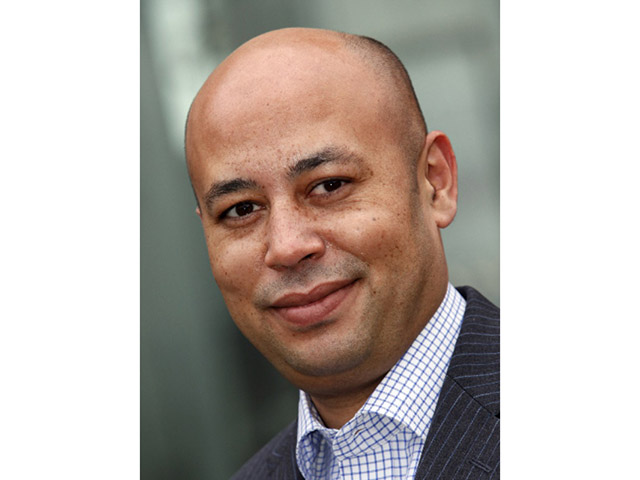by Ronald Ravel, Director B2B South Africa, Toshiba South Africa
The workforce of the future is a much talked about notion which conjures up images of robots manning the phones and commuters in flying cars. Yet while some of these ideas remain far-fetched, today’s technological landscape is advancing at such an impressive rate that many concepts which seemed futuristic only a few years ago are now very much a reality.
Employees can work with greater mobility and a more diverse array of devices than ever before, and each passing day seemingly brings with it a new technology which opens additional doors for organisations to enhance their daily operations through IT. 5G’s impending arrival will undoubtedly fuel this further, delivering greater functionality across a host of technologies including cloud and edge computing, assisted and virtual reality, wearable devices, and AI and automation.
As the workforce contends with and adapts to this evolving landscape, Gartner says technology spend is on the rise – demonstrating the vital role of the CIO and their team in ensuring maximum operational efficiency and security in a challenging time.
Unprecedented mobility
Arguably the most evident impact of the convergence of these technologies is the ongoing explosion of mobile working. Strategy Analytics predicts 1.88 billion mobile workers by 2023 – or 43.3 per cent of the global workforce. This is driven by technologies such as cloud computing – allowing easy access and storage to information from anywhere, as well as collaborative work across any number of locations – as well as the incremental upgrade of cellular networks to bring enhanced speed and lower latency to organisations.
5G is of course the impending and next iteration of this, and promises to also pave the way for a new generation of IoT-enabled devices. Smart watches, for example, can enable quick and nimble functionality to office workers on the move. And more significantly, tools such as smart glasses will revolutionise many jobs, in particular by delivering hands-free working to those in heavy industries such as engineering, manufacturing and logistics.
Such innovations owe much to the growing prominence of edge computing, with Strategy Analytics predicting that by 2025, 59 per cent of IoT deployments will process data through edge computing in some form.
Traditional enterprise hardware in the form of laptops will undoubtedly, though, remain integral to day-to-day operations. Becoming ever more lightweight, powerful and secure, devices such as the Portégé X30T have been designed to accommodate the increasingly mobile needs of today’s workforce. The challenge for IT managers comes in ensuring the device fleet continues to meet these evolving needs, meaning longer-term device strategy is becoming a more important consideration. ‘PC as a Service’, within which business devices and services are subscribed to rather than owned, is therefore emerging as an effective business model to achieve a tech refresh not just now, but on an ongoing basis.
Security remains the biggest consideration
One common service offered within such models is data recovery, and the one-year anniversary of the introduction of GDPR is a timely reminder that organisations must prioritise security above everything else in this data-driven landscape. 10.52 billion malware attacks were logged in 2018, the most ever recorded by SonicWall, and today’s workforce also needs to adjust to the wider threat landscape created by the arrival of wearables and other IoT solutions. A Ponemon Institute study found there has been a dramatic increase in IoT-related data breaches since 2017, specifically due to unsecured IoT devices or applications.
It’s therefore abundantly clear that IT managers need to have the right solutions in place to combat this threat, while also ensuring employees are self-aware and educated about the importance of data security and their growing role in protecting the network. Many of the aforementioned solutions deliver robust security, which is often a core reason behind their growing adoption. Mobile edge computing solutions, for example, enable data to be locally encrypted and translated to a communication protocol before being sent to the company’s network core via the cloud.
Solutions alone, though, are not enough, which is why almost half (48 per cent) of Europe’s IT decision makers consider training and educating staff around technology a key investment priority currently.
The future is here for today’s workforce and provides ample opportunity for organisations and their employees to streamline operations and enhance productivity, simultaneously enabling CIOs to positively impact the bottom line. It is imperative that, in order to achieve this, employees are also invested in to maximise the potential – and minimise the risks – of these technologies.





